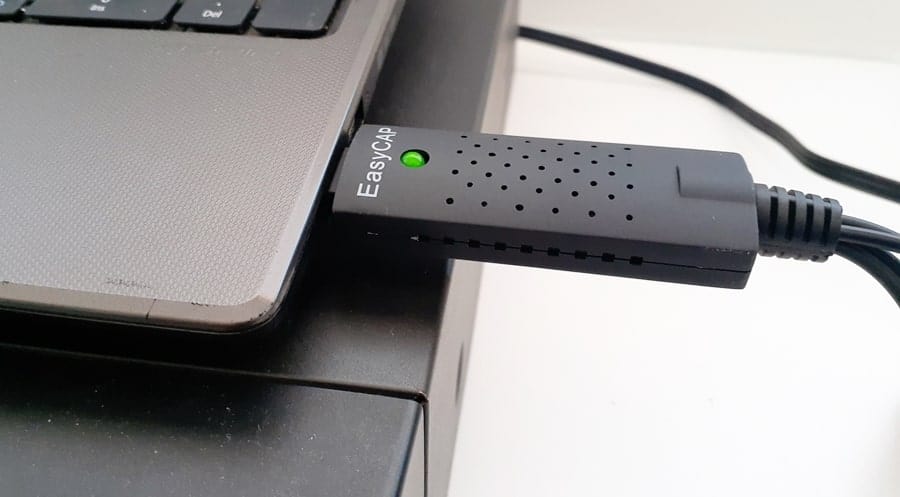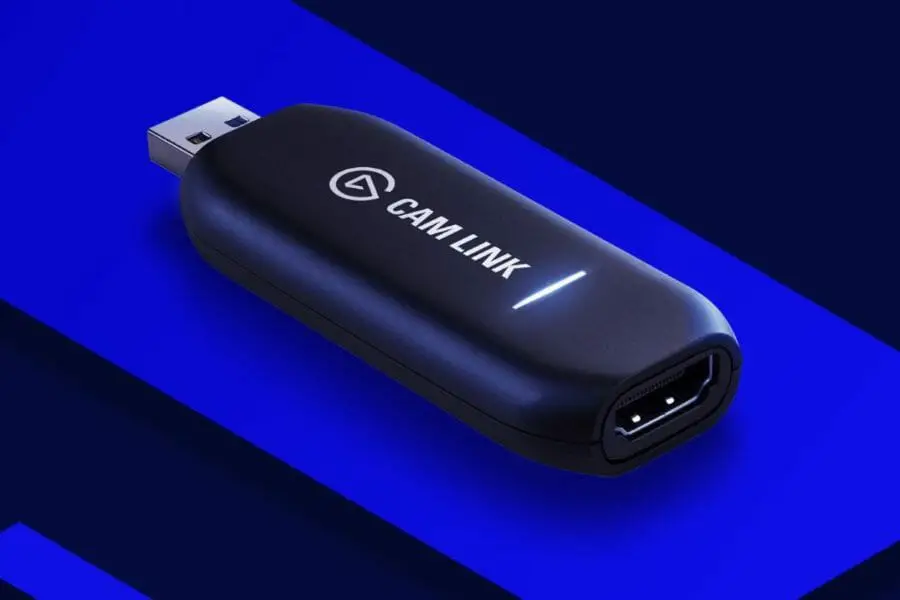
Video grabbers typically come in two form factors-dongles and boxes. The result is a completely portable multimedia recording and live streaming solution built on inexpensive, commodity hardware. They enable Windows and Mac laptops to act as the video capture station. Most importantly, because these devices output to the USB 3.0 standard, they do something that PCI cards and dedicated appliances can’t. Some support two or more channels of video along with audio, providing turnkey capture of multi-camera events and multi-source video presentations. They typically support resolutions up to 1080p and frame rates up to 60fps. They enable video to be captured from a wide range of sources, including those that output to VGA, DVI, HDMI, and HD-SDI.

Magewell’s XI100D HDMI to USB3 video capture dongle An Overview of USB 3 Video GrabbersĮxternal USB capture cards perform a task traditionally assigned to internal PCI capture cards or dedicated video capture appliances. Plug-and-play external USB capture cards (often referred to as “USB video grabbers”) are quietly revolutionizing the way that businesses and universities record and live stream video.

There is, however, another class of AV tech that is arguably an even more impressive example of Moore’s Law than these consumer webcams and smartphones cameras. The iPhone 6 camera is a modern marvel in video capture technology, with the ability to reliably record 1080p video at up to 60fps with high-quality image stabilization. Webcams like the Logitech c930e can live stream crystal clear 1080p video at up to 30 frames per second from even low-end laptops. In just the past few years, the capabilities of video capture devices have grown substantially while being packed into increasingly smaller form factors. Although the law is most often invoked in reference to the laptops, tablets, and smartphones we use on a daily basis, it’s also had a transformative effect on the AV tech we use to capture and live stream video. For the last half-century, the observations and predictions of Gordon Moore have continued to revolutionize computing devices, making them dramatically faster, cheaper and smaller every few years.

Earlier this year, Moore’s Law turned 50.


 0 kommentar(er)
0 kommentar(er)
